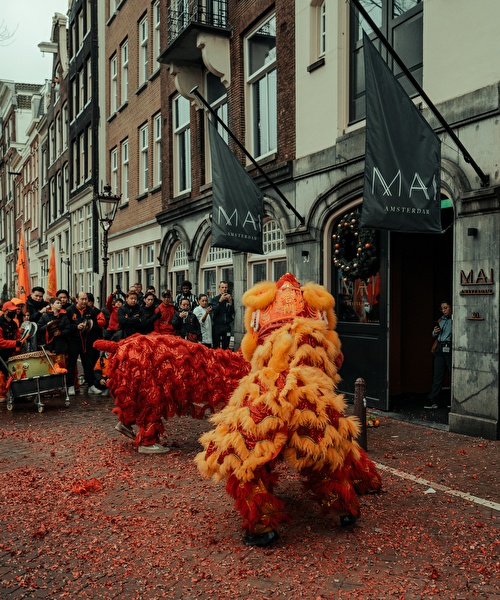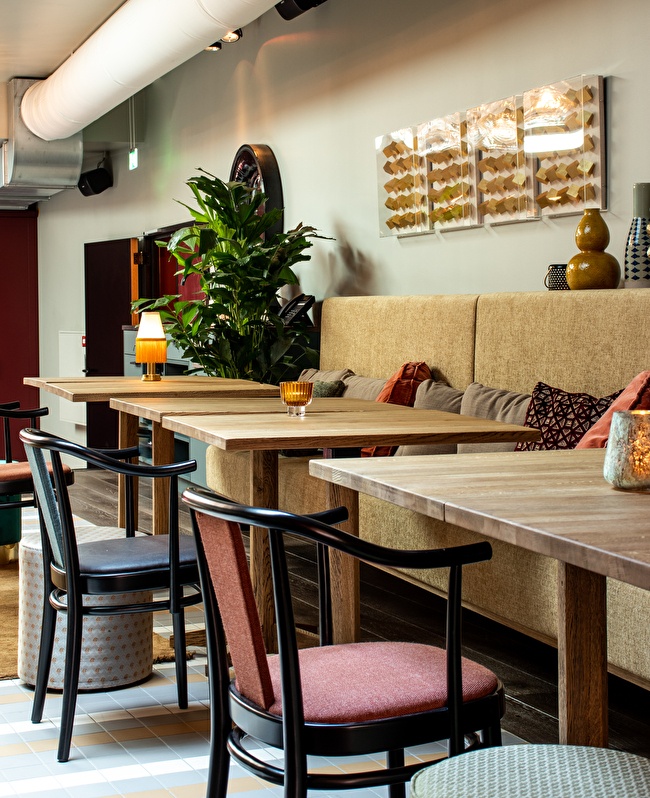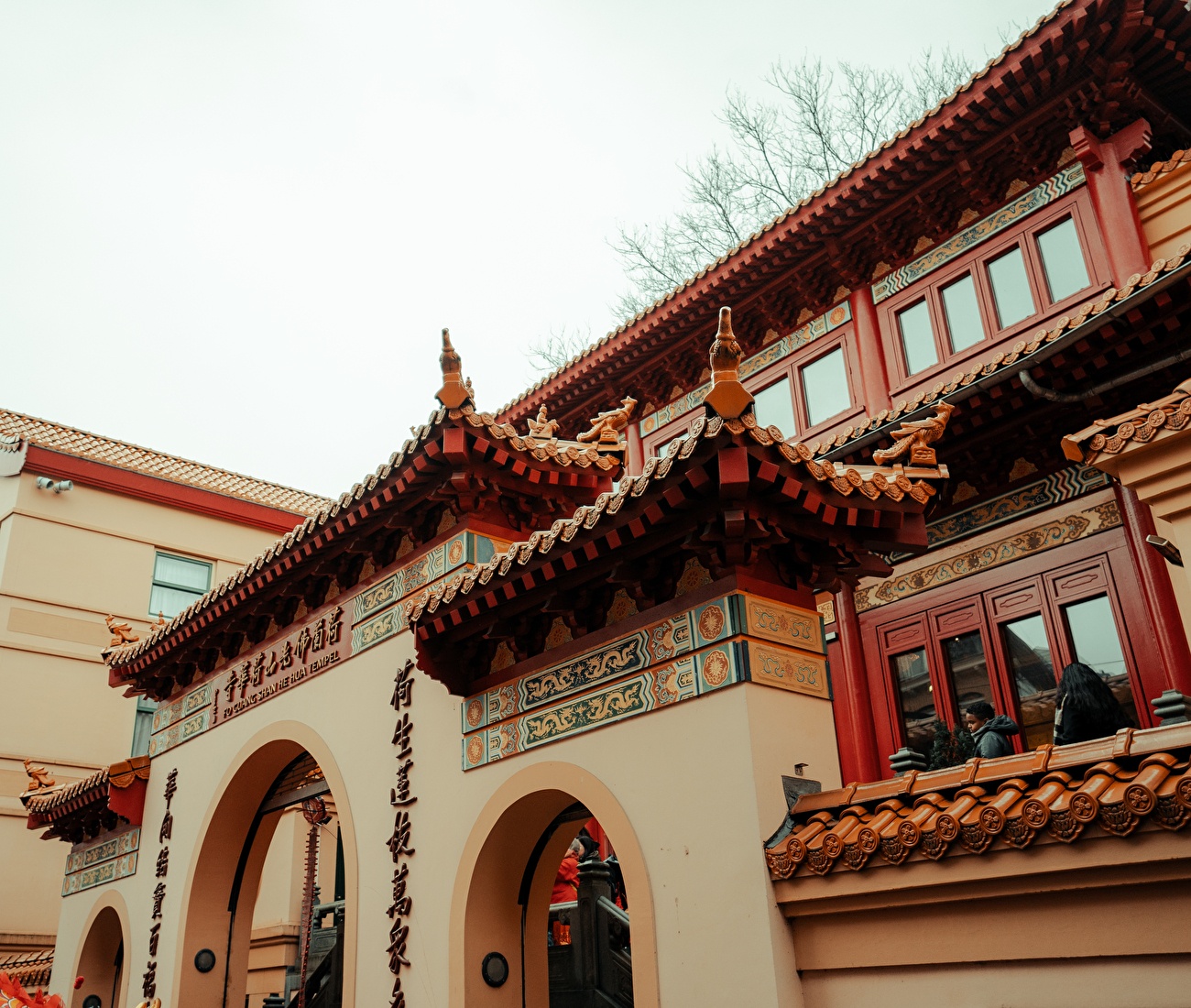
Chinatown Amsterdam (2024): The Ultimate Guide
A Brief History
Chinatown's origins in Amsterdam trace back to around 1911, when the first Chinese immigrants began settling in the city. Many of these pioneers chose the Nieuwmarkt and Zeedijk areas, establishing gambling dens and restaurants that would become community staples.
The first restaurant to have opened in Chinatown was named Kong Hing. Established in 1928 on Binnen Bantammerstraat, Kong became a landmark as the Chinese population grew post-World War II.
Did you know that the world-renowed dancer and singer Josephine Baker visited this restaurant multiple times?
By the 1970s and 80s, the area had gained a notorious reputation, so much so that even postmen were hesitant to deliver mail there. However, the 1980s brought a turning point with NV Zeedijk, a partnership between the government and private entities, initiating a major transformation. They began purchasing, renovating, and selling properties, sparking a revival and helping to transform Chinatown into the cultural hub it is today. For a more elaborate timeline of Chinatown's history, click on this link!

